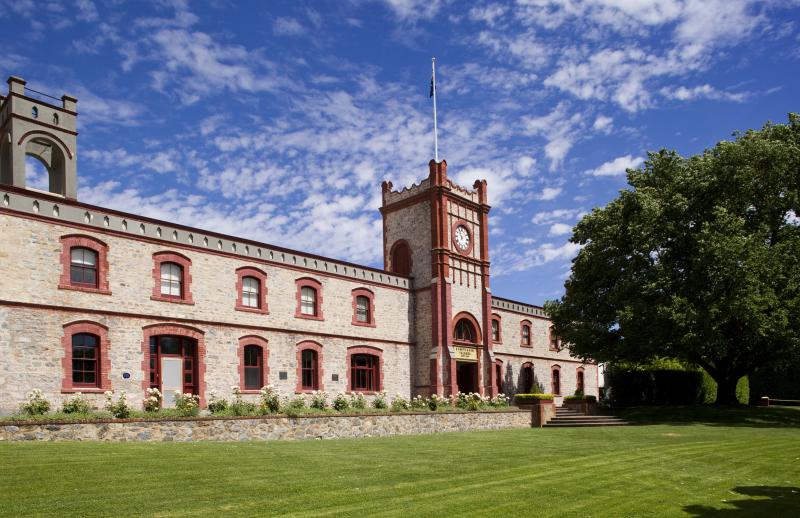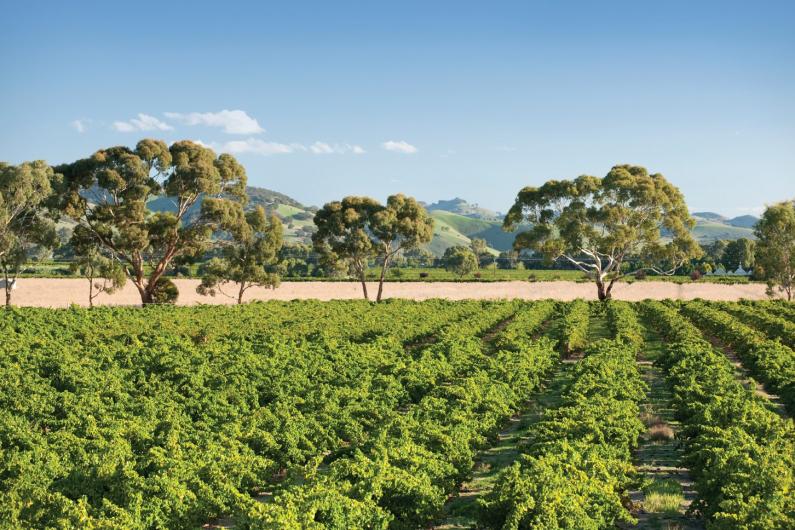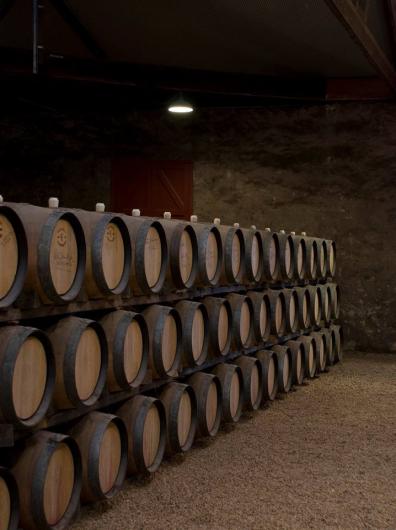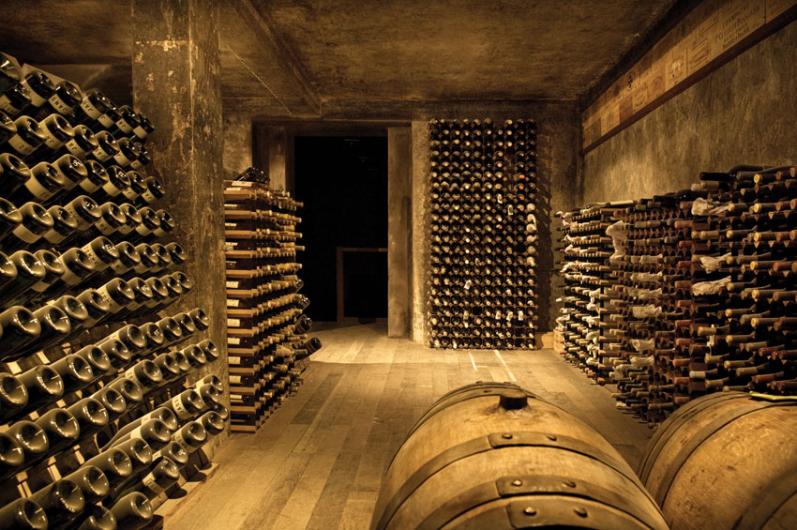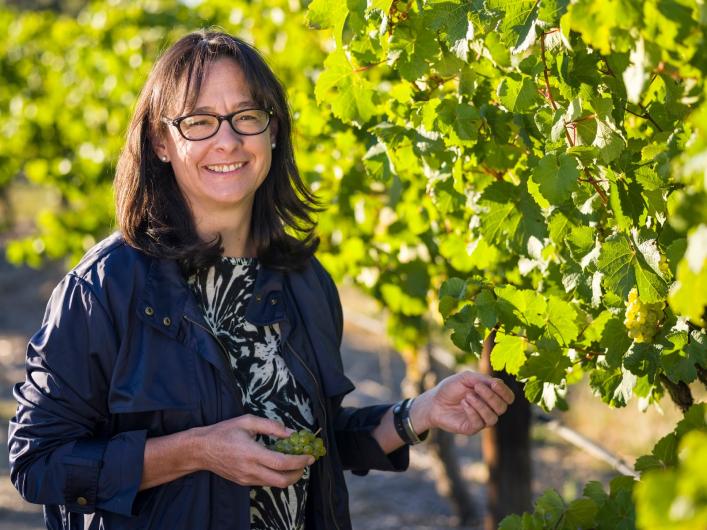Yalumba Organic Shiraz

Wine Description
The grapes for this wine are sourced from four family owned, organically certified vineyards. The Carypides family vineyard located at Virginia in the Adelaide Plains, the Barich family vineyard on the Murray River at Loxton, the Palena family vineyards near Barmera in the Riverland, and the Strachan family vineyard in McLaren Vale
 Acclaim
Acclaim
 Vineyard & Production Info
Vineyard & Production Info
 Winemaking & Aging
Winemaking & Aging
 Analytical Data
Analytical Data
 Wine Production
Wine Production
Made with organic winemaking techniques with very little winemaking intervention.
 About the Vineyard
About the Vineyard
Vineyard soils were replenished by a wet winter. From August until mid summer temperatures were below average, with late December rain ideal for the vines to grow their protective canopies. The mild summer weather meant the grapes were able to ripen slowly on the vine, being full of flavor when harvested.


